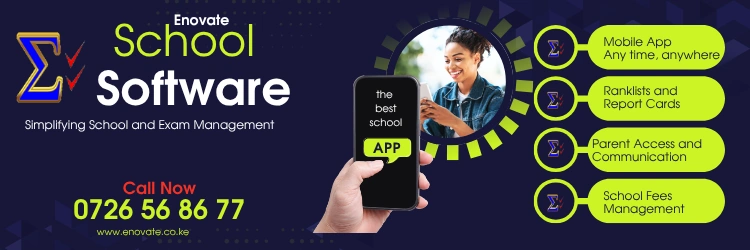Download the Latest Grade 9 Curriculum Designs released by KICD in 2024.
Looking for reliable Grade 9 Curriculum Designs? We’ve got you covered! Our collection includes well-organized, detailed syllabi across various subjects and educational levels. Whether you’re a student preparing for exams or a teacher planning lessons, these documents are designed to help you succeed.
2024 Curriculum Designs provide outlines of topics, learning objectives, and assessment criteria. Each is formatted for easy reading and can be downloaded directly in PDF or Word format, ensuring compatibility across devices. The content is regularly updated to reflect the latest curriculum changes, keeping you ahead in your academic or teaching journey.
Visit our download section today and take the first step toward achieving your goals with structured guidance!
The Purpose of Curriculum Design
Curriculum design is a critical process in education that involves creating a structured plan to guide teaching and learning. Its purpose is to ensure that educational programs meet the needs of learners, align with institutional goals, and adapt to societal demands. Thoughtfully designed curricula enhance the learning experience and prepare students for real-world challenges.
1. Guiding Learning Outcomes
A well-designed curriculum defines clear learning outcomes, outlining what students should know and be able to do at the end of a course or program. These objectives provide direction to educators and students, ensuring a focused and coherent learning journey. By aligning teaching methods, assessments, and activities with these goals, curriculum design fosters measurable and meaningful learning.
2. Addressing Learner Needs
Curriculum design caters to the diverse needs of learners, considering their backgrounds, abilities, and interests. It helps create inclusive educational experiences that accommodate different learning styles and paces. For instance, a student-centric curriculum might integrate hands-on activities, digital tools, or collaborative projects to enhance engagement and retention.
3. Ensuring Relevance
Education must keep pace with societal, technological, and industry changes. Curriculum design bridges this gap by incorporating relevant knowledge and skills into programs. For example, modern curricula often include digital literacy, critical thinking, and problem-solving components to prepare learners for dynamic work environments and global challenges.
4. Facilitating Teacher Effectiveness
Curriculum design provides educators with a roadmap for instruction, detailing content, sequencing, and suggested methodologies. This structure helps teachers maintain consistency across classrooms, ensuring all students receive a similar quality of education. Additionally, it allows for flexibility, enabling teachers to adapt lessons to specific classroom contexts.
5. Standardizing Education
A core function of curriculum design is standardization, ensuring uniformity in what is taught across different institutions or regions. This promotes fairness and equity, as all students, regardless of their location or background, have access to the same quality education and opportunities.
6. Promoting Lifelong Learning
Beyond immediate academic objectives, curriculum design encourages lifelong learning by fostering curiosity and critical thinking. By integrating interdisciplinary approaches, practical applications, and opportunities for exploration, it helps students connect their education to real-world contexts.
7. Supporting Assessment and Accountability
A clear curriculum aids in developing assessments that accurately measure student progress and program effectiveness. It also provides a framework for accountability, ensuring educators and institutions meet set standards and continually improve.
Conclusion
The purpose of curriculum design goes beyond delivering information; it shapes the future of learners and society. By creating structured, inclusive, and relevant educational experiences, curriculum design ensures that learning is purposeful, impactful, and transformative. It lays the foundation for personal growth, professional success, and societal progress, making it an indispensable element of education.

